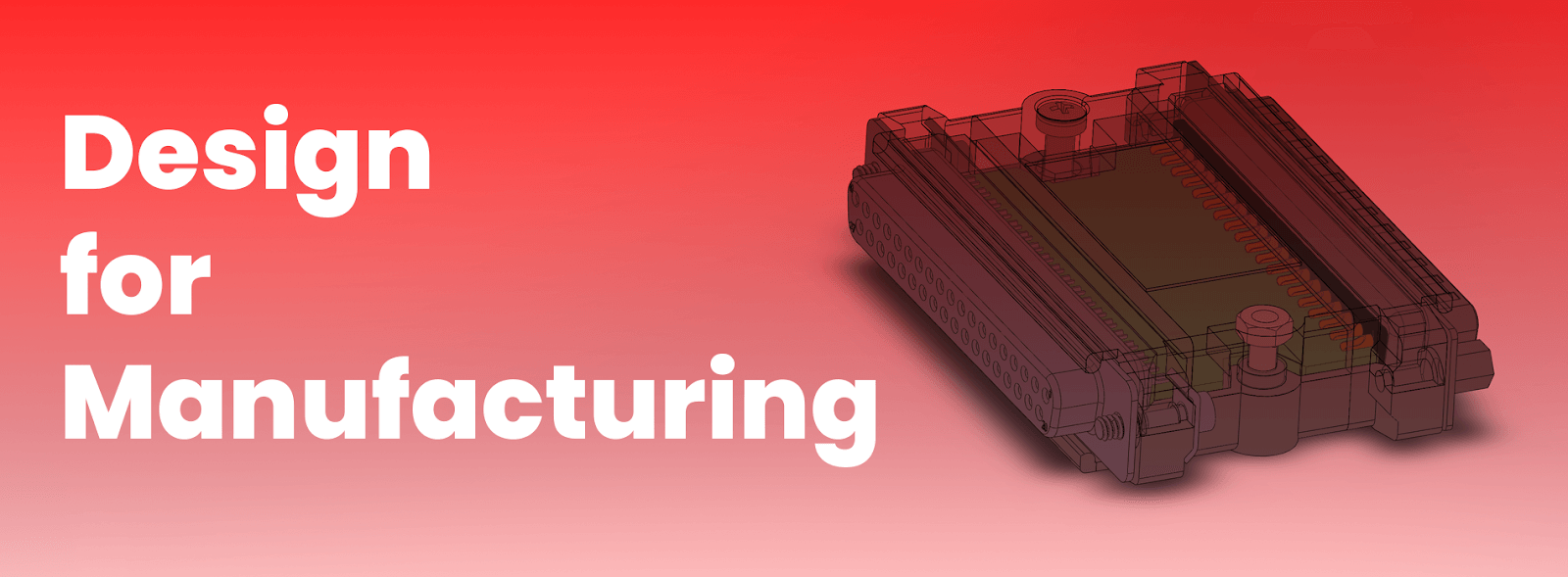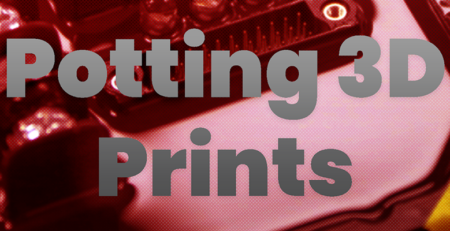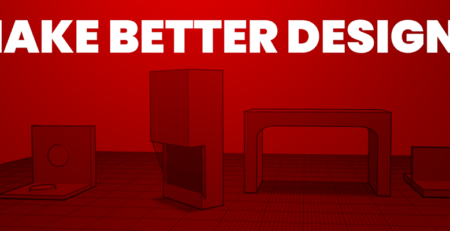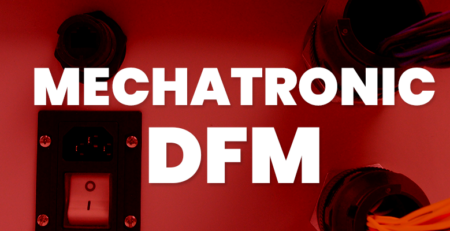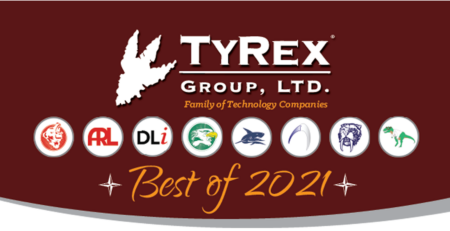Design for Manufacturing: What to Know
Amit Pal2025-01-10T09:04:07-06:00On its face, design for manufacturing (also known as design for manufacturability), or DFM, seems straightforward. However, its self-explanatory name belies the complexity in bringing multiple processes and departments in line with one another to create efficient and cost effective products. Complicating things further are the many ways experts and industries have sought to ease, quantify, and standardize DFM like Six Sigma, statistical process control, and finite element analysis. Here, Arctos strips back some of that complexity and distills DFM into 3 distinct principles.
Balance Procurement vs. Production
When it comes to choosing the right components for a product, it can be a balancing act between the needs of engineering, production, and procurement. For example, parts used during product development may not make as much sense when produced at volume, and may be time-consuming to assemble at scale. If there’s two parts that serve a similar function, but one requires hand soldering, its alternative may make more sense even if it has a higher part cost.
The quality control method of Statistical Process Control (SPC) defines these various elements to consider as the 5M&E conditions (Man, Machine, Material, Method, Movement, Environment). At Arctos, we especially focus on cost reduction for the Man and Material conditions, meaning the man hours during the assembly process and the material cost.
Before you even look into CNC and injection molding, take advantage of 3D printing’s ability to create fast and relatively cheap prototypes without sacrificing on quality of feel.
Use Different Processes to Your Advantage
Being locked into one manufacturing process can hamper your engineering team’s design decisions and lead to more expensive production costs later down the line. For example, rounded exterior edges can prove to be a headache if they’re machined, but can be handled with relative ease through 3D printing or injection molding.
Before you even look into CNC and injection molding, take advantage of 3D printing’s ability to create fast and relatively cheap prototypes without sacrificing on quality of feel. With recent advances like Carbon’s DLS printers, 3D printing operates at volumes much larger than previously thought and gives you a much larger range of design options.
Plan for Iteration
Having a mindset of continual improvement is essential to the DFM process. Time to market may be the most important thing to consider for your alpha run, but be open to tweaking your production process for your Beta runs and so on.
Arctos has a checklist to make sure your PCBs are production ready, but will work with clients over time to simplify manufacturing operations. An example of this is using cable interconnects in an alpha run, but eventually simplifying it to a PCB.
Conclusion
Design for manufacturability and assembly is not a destination. When done right, it’s a complex and ever-changing dance that starts at product design and lasts the life of the product.

